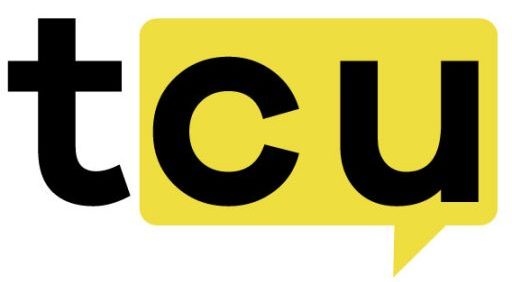The cryptocurrency market is no stranger to volatility, and Solana was no exception in March. According to the latest market update from Blockworks Research, Solana’s performance took a significant hit last month. The network’s revenue plummeted by an alarming 87% from its all-time high in January, while decentralized exchange volumes followed suit with a 74% drop. The proposal for SIMD 228, despite its record-breaking stakeholder participation, unfortunately failed to pass.
The defeat of SIMD 228 was not due to a lack of effort. The proposal generated the highest stakeholder participation in Solana’s history, garnering a total of 74.3% votes. It also marked the first time institutional players like Coinbase, Kraken, and Bybit partook in the network’s decision-making process.
However, the vote unveiled a clear divide among the network’s players. Small validators, who mostly opposed the proposal, found themselves at odds with native builders like Helius, Jupiter, and Jito, who backed the change. The disparity in views indicates a philosophical split between those focusing on immediate yield extraction and those invested in Solana’s long-term sustainability.
The voting process also witnessed strategic abstention as a mechanism to sway the outcome. As a ‘No’ vote would count toward the quorum, many opponents deliberately withheld their votes until the last minute, hoping the proposal would fail without their contribution.
Despite the setback with SIMD 228, Solana validators demonstrated openness to changes that increase optionality rather than outright remove incentives. SIMD 123, which introduces protocol-level revenue sharing, was one such successful proposal. Two more proposals, SIMD 248 and SIMD 268, which aim to reduce spam and improve user experience and deepen composability, respectively, are currently under discussion.
In the DeFi sector, Solana apps managed to generate $131 million in revenue, thereby maintaining their lead across all chains. This achievement has set a new record for the revenue-to-REV ratio, which stands at 1.84. Despite a market-wide cooldown, bridge inflows from other ecosystems reached $158 million, indicating that institutional interest in SOL remains robust. Moreover, SOL’s open interest in centralized exchanges is close to its all-time highs, and the launch of SOL futures by CME in March could potentially pave the way for a spot ETF.
In conclusion, although March was a challenging month for Solana, it also served as a pressure test that the network successfully withstood. The ecosystem demonstrated resilience, with increased engagement, persistent institutional interest, and continuous app development. If this is the benchmark for a challenging month, the Solana ecosystem appears to be in a far healthier state than what the charts might suggest. At the time of publication, SOL prices remain volatile, hovering around the $118 mark.
![]()


